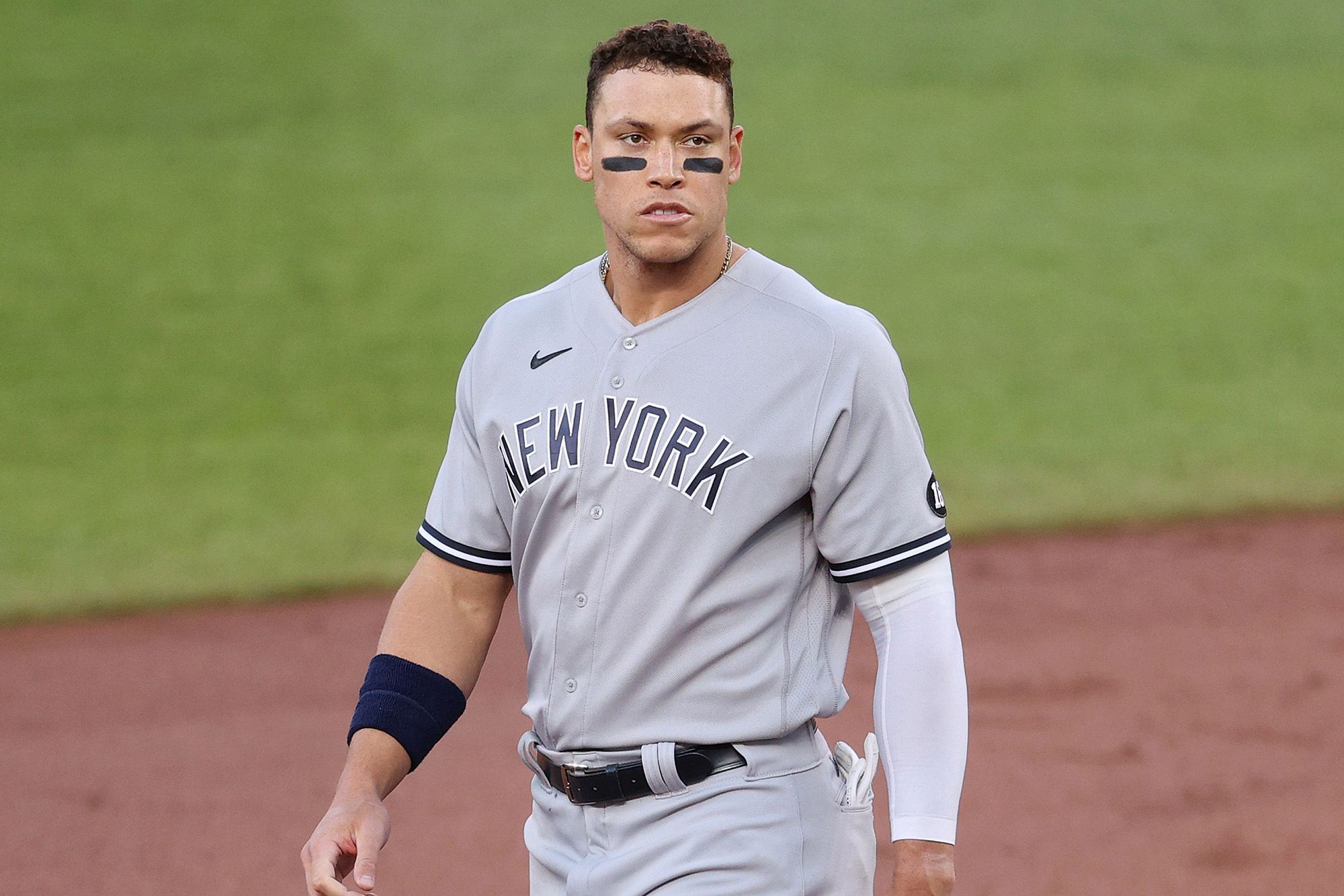Aaron Judge was left out of the starting lineup for the second-straight game Thursday for what Aaron Boone cited as playing the “long game.” It’s Judge’s fourth missed start of the year for reasons that the organization has intentionally kept vague and follows his noticeable absence from the Yankees final three spring training games.
The team has played 25 regular season games meaning Judge has started 84 percent of them. Applying that pace over the course of 162 would give him 136 games in 2021 – by far the most since his career-high 155 during his rookie season.
General Soreness pic.twitter.com/Ou7IYVGalD
— Talkin' Yanks (@TalkinYanks) April 9, 2021
If you believe that the rest-first approach is the true cause of Judge’s lineup absences, then doing the math over the course of the season paints a more logical picture – the catch, however, is it only works if Judge avoids any IL-caliber injuries. And it’s still a low total compared with the game’s elite.
For contrast, and taking out 2020, Mookie Betts has averaged 148 games, Francisco Lindor 155 and Nolan Arenado 150.
In an absolute best-case scenario, Judge’s load management enables him to consistently (by Judge standards) find himself on the lineup card over the course of the season. And given his history, you’ll certainly take it this season and next.
But what does it mean for Judge’s long-term future in pinstripes?
It’s no secret that, no matter what happens between now and the 2022 off-season, the Yankees are going to be faced with a question that the franchise has really only encountered once in the Steinbrenner era – do you lock up your homegrown, “face of the franchise” superstar, or let him walk?
The one being Robinson Cano whose durability was the polar opposite of Judge during his nine seasons in the Bronx.
Across the league’s recent history, there’s not much precedent for franchises locking up homegrown stars long term despite troubling injury histories. Really none, in fact, who’ve missed the scale of games that Judge has heading into free agency. And certainly, none on the wrong side of 30.
The market will ultimately decide what Judge’s value is but it’s difficult to imagine, even in a short-term deal, that he’s seen as a $20 million a year player. Not if 136 games is the ceiling with an ever-present injury piano hanging over his head.
Regardless of what happens before free agency, Judge will have more injured or delicately managed seasons than healthy ones and will be turning 31 in April of 2022, the first month of whatever contract he signs.
Whether he signs or walks, Judge’s legacy seems destined for “what if” instead of Monument Park.




